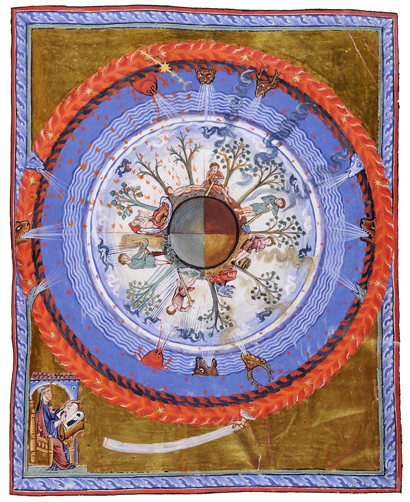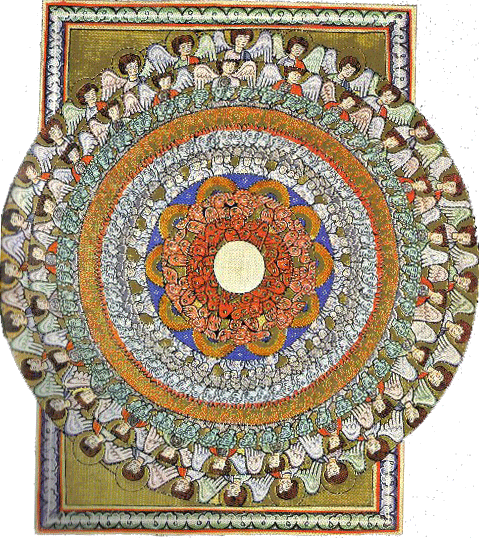Despacho: A Q’ero Gift to the Earth
Printed in the Summer 2017 issue of Quest magazine.
Citation: Pateros, Christina, "Despacho: A Q’ero Gift to the Earth" Quest 105:3(Summer 2017) pg. 34-35
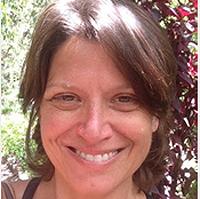 The sacred despacho ritual, a central practice of the Q’ero and Quechua peoples of the Andes, is used to honor Pachamama, Mother Earth, in daily ceremony. By creating a mandala-like bundle or offering, they create a gift to Pachamama and to spirit/creator. The gift is also used to transmit intentions of gratitude, using earth elements as the sacred messengers. It has been said that the paco, or priest, is a sacred chef, mixing ingredients from timeless recipes and creating a living prayer bundle, an act of love that honors a connection to all living beings.
The sacred despacho ritual, a central practice of the Q’ero and Quechua peoples of the Andes, is used to honor Pachamama, Mother Earth, in daily ceremony. By creating a mandala-like bundle or offering, they create a gift to Pachamama and to spirit/creator. The gift is also used to transmit intentions of gratitude, using earth elements as the sacred messengers. It has been said that the paco, or priest, is a sacred chef, mixing ingredients from timeless recipes and creating a living prayer bundle, an act of love that honors a connection to all living beings.
Despacho, “dispatch,” in this sense refers both to the ceremony and the sacred bundle being offered. The traditional despacho ceremony begins with the ethereal practice of creating sacred space. By calling in the helping spirits of the earth, the mountains, the elements, the animal archetypes, the sky, the ancestors, at the start and throughout, the paco sets the stage for support in carrying the prayers to spirit/creator.
On the physical plane, the despacho begins with laying a paper as the base or foundation in which the bundle will be wrapped, much like a present. This bundle is most typically offered to fire to release the prayers contained within it. In an adapted version, in which the despacho will be offered to water, the base may consist of a sacred cloth or even a dissolvable substance such as seaweed paper or tortilla, food for the waters and the creatures inhabiting them.
Traditionally, three coca leaves form a triad known as the kintu. The kintu is the central ingredient of the despacho. Leaves are believed to accept prayers unconditionally, so kintus are used as messengers of gratitude, intentions, and prayers. It is common practice for the Andean pacos to wear palm-sized kintu pouches, woven of alpaca yarns in the traditional pattern of the sun, around their necks.
In the simplest form, an offering of gratitude is blown with heart-centered breath into the kintu. That sacred set of leaves may then be carried in the pouch throughout the day and blown into. This humble offering may then be lovingly placed on the earth—under rocks, in water, in sacred stone temples.
Ingredients
Each participant in the despacho is given a kintu to blow prayers, wishes, and intentions into. Traditionally, the kintu is handed to the paco so that she may impart her prayers and blessings to the offering. The paco offers her own prayers through a kintu. Often one specific kintu is given to the despacho to represent any forgotten prayers.
Seeds, from native plants like quinoa and corn, represent planting dreams and wishes. The question is posed: what are you growing? We are asked to be conscious of what is contained in our everyday thoughts, since thoughts become our life’s experiences.
Sal (salt) is often spread across the paper base as a cleansing element. A seashell is typically placed in the center to honor Mamacocha, Mother of the Waters, or the sea. Red wine is poured to the earth as an offering and as a reminder of her life blood, and white wine is poured as an offering to the mountain spirits (apukuna), whose highest peaks are wrapped in snow, dancing with the clouds in the sky.
Gold and silver elements, such as ribbons or metallic fetishes, are also offered, representing the sun (light) and the moon (dark). Beans are included to bring abundance and prosperity, while minerals represent the earth’s food. Fat from around the heart of the llama is included as energy in pure form, helping the despacho to burn. (Butter or coconut oil are excellent Western stand-ins.) Red flowers, traditionally fresh, fragrant carnations, represent the feminine, while white signifies the masculine: woman and man, sacred balance, relationship.
In pure Q’ero tradition, a sacred llama fetus is placed in the arrangement. The fetus, reclaimed from the animal’s natural cycles, represents unborn, unfulfilled, or dormant aspects of the circle of life.
The stars and star beings are depicted, often by anise or star-shaped candies. Cotton or white flower petals speak for the clouds and sky. Rainbow colors, often in the form of sand or hand-woven yarns, visually depict the rainbow bridge between this world and the world of spirit. The animal world is honored sweetly with animal crackers, and sweet Pachamama is honored with cacao or chocolate. The honoring of this world’s measure for opportunity is traditionally layered with bills of paper play money, chocolate coins, or chocolate in the form of a frog (a symbol of abundance). Sweetness of life lives in the candies or simple sugar added to the mix. Paper confetti can be liberally sprinkled both on and around the despacho, celebrating life itself. Confetti blessing is extra sweet when sprinkled on the heads of the participants as well.
Final Blessing
When the despacho is complete, all are invited to infuse the offering with love from their hearts by holding their hands over this earth mandala. Hand bells are rung over the despacho. It is then wrapped in a sacred cloth and tied with string. Very often it is used as a vehicle to cleanse each participant’s aura, as the paco deliberately sweeps across the meridians of the bodies, one by one, before it is released on its journey to spirit.
Turning It Over
One key part of the despacho process lies in the ultimate offering. The sacred chef cues into the energy of the bundle, asking without words if the package will be offered to fire for immediate transmutation; to flowing water, like a river or the sea, for a gentler, slower release; or directly to the earth by being buried, which is the slowest of the vehicles of transmutation. This will often be known at the outset of the ceremony, thus guiding the process.
Three Types
As each paco is unique, so is each despacho itself. Creativity in depiction and assembly reflects the character of the ceremonial guide, as well as the intentions of the offering and the individual personalities of those partaking.
Three types of despachos reflecting these intentions are ayni, aya, and kuti. Ayni despacho honors and supports right relation to Mother Earth, with deep gratitude. Ayni, or “reciprocity,” the keynote of the Andean way of living, is offered in despacho form with joy and celebration of life.
The aya despacho honors the dead. It is a ceremony for the deceased soul, supporting the soul’s journey into the afterlife. But this despacho also celebrates life, specifically the life of the one being honored. Red, green, blue, purple, gold, and white paper, layered over a black paper base, creates a rainbow offering and forms a bridge for the soul from this earthly world to the shamanic upper world, where the soul thrives with the stars.
The kuti despacho is created for the removal of obstacles, such as clearing away the effects of sorcery or malign intent. Again, the base is traditionally black, with the intent of clearing, cleansing, restoring, and forgiving. Spices may be added to this bundle for heat. One foot of the participant(s) may be placed on the blessed and folded bundle at the end of the ceremony to deepen the power of the physical and energetic release. Most often, the kuti despacho is burned in a sacred fire ceremony, releasing all attachments cleanly and quickly.
The despacho ceremony is used to honor milestones of life: births and birthdays; marriage unions; holidays; new years, solstices, and equinoxes; new moons and full moons. The earthkeepers of the Andes teach us that any process can be supported with ceremony, which invites the quieting of the mind and the opening of the heart to speak and lead. This is the language of the soul. Thus the practice of the sacred despacho offers the message of gratitude to Pachamama, our mother and our home, and to the unseen worlds, in a way that goes beyond words.
Christina Pateros


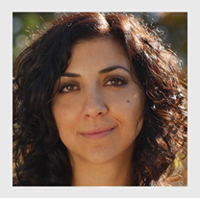 In recent years, the excessive use of the Internet, and especially of social media, has become one of the greatest causes of inaction. In this era of scrolling down, which has given the index finger a power it never dreamed of, the amount of time we spend watching videos on food recipes, political statements, fitness routines, outdoor wonders, and so on has replaced much of the time we actually dedicate to these activities.
In recent years, the excessive use of the Internet, and especially of social media, has become one of the greatest causes of inaction. In this era of scrolling down, which has given the index finger a power it never dreamed of, the amount of time we spend watching videos on food recipes, political statements, fitness routines, outdoor wonders, and so on has replaced much of the time we actually dedicate to these activities.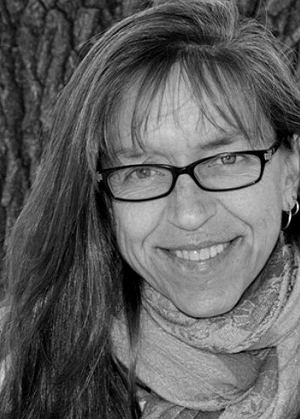 What is a prophet? If you ask most people, they will probably say that a prophet is someone who can predict the future.
What is a prophet? If you ask most people, they will probably say that a prophet is someone who can predict the future.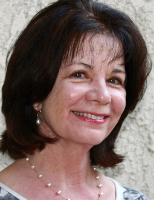 Hildegard of Bingen was no ordinary nun. The beloved Benedictine abbess stood at the epicenter of medieval Europe as a visionary and mystic. Famous for her visions of celestial wonders and vivid descriptions of an ordered and divine universe, she was a spiritual beacon to thousands of people who flocked to her monastery, seeking her advice and counsel.
Hildegard of Bingen was no ordinary nun. The beloved Benedictine abbess stood at the epicenter of medieval Europe as a visionary and mystic. Famous for her visions of celestial wonders and vivid descriptions of an ordered and divine universe, she was a spiritual beacon to thousands of people who flocked to her monastery, seeking her advice and counsel.